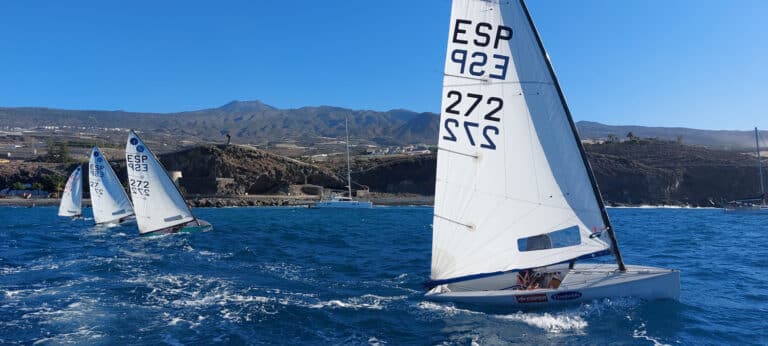The Canary Islands are famous for their rich culture, particularly their folk art. Among the many traditional craft techniques that have been passed down from generation to generation on the islands, “el calado” stands out for its beauty and complexity. In this article, we will talk about “el calado” in Guía de Isora, a technique that remains alive in its cultural heritage.
“Calado” of Guía de Isora
Guía de Isora has a strong tradition of the art of “el calado.” It served as a support to the local economy, and many women, even while working in agriculture, would take advantage of their limited free time to engage in this craft, which provided an economic contribution to their families’ livelihoods. Over the years, several women have wanted to preserve this tradition in memory of their ancestors. One of the achievements has been the creation of the Association of “Caladoras” (calado artisans) of Guía de Isora, known as “El Almácigo,” which, despite the modernization of the local economy, remains committed to the preservation of its cultural heritage.

This traditional Canarian craft is considered one of the finest and most challenging works of art in the archipelago. Cooperatives and groups of artisans have been established to support the practice of “el calado,” and workshops and craft fairs are organized to promote the technique. In Guía de Isora, specifically, the Craft Fair is held in May, where, in addition to “el calado,” various artisans showcase their typical products.
When you visit Tenerife, be sure to visit Guía de Isora and admire the beautiful “calado” creations produced there.
¿Te ha parecido útil este contenido?
¡Haz clic en una estrella para puntuarlo!
Promedio de puntuación 0 / 5. Recuento de votos: 0
Hasta ahora, ¡no hay votos!. Sé el primero en puntuar este contenido.





